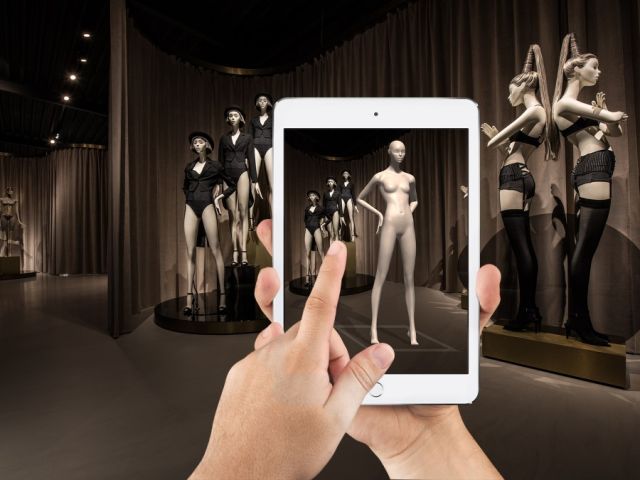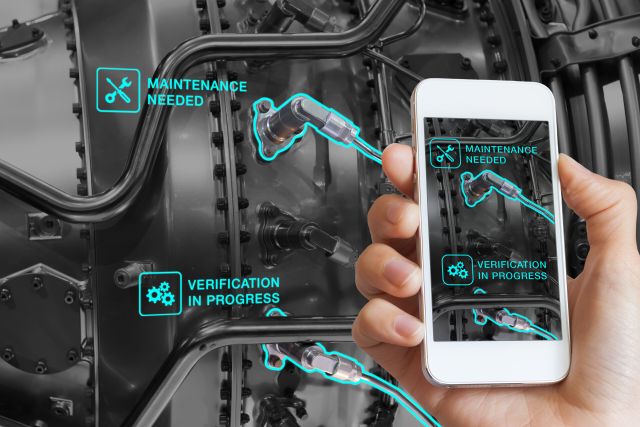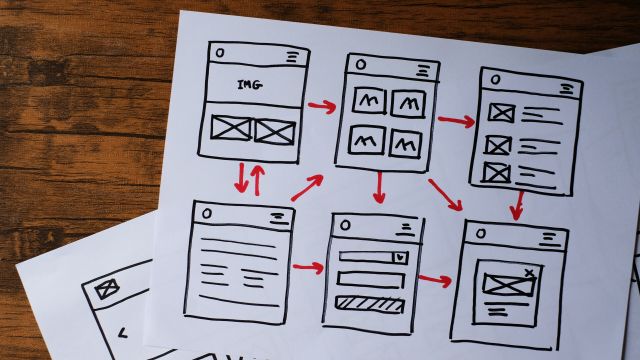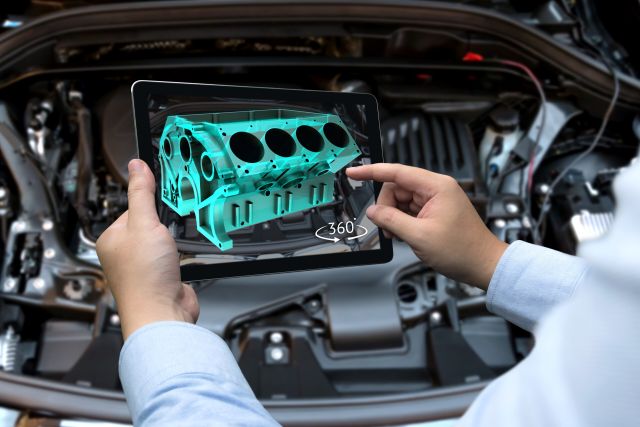
Augmented Reality
What is Augmented Reality (AR)
The terms Augmented Reality, Virtual Reality and Mixed Reality are often used interchangeably. What is Augmented Reality and what are the differences with Virtual Reality or Mixed Reality. Augmented Reality or AR is a method of displaying digital images over reality. Think of catching Pokémon on the street, placing virtual Ikea furniture in the living room, recognizing historical buildings to provide background information. But AR can also be used in production companies. For example in recognizing machines or machine parts and providing assembly or maintenance instructions.
In a nutshell, Augmented Reality is about providing added value in the immediate environment. An AR solution looks at the world around you, recognizes your environment and adds something to it. The addition can be anything: an exploded view of a machine, a 2D video, instructions, real time data, a person or just a block of text. It works just like a real physical object. You can walk up to it and interact with it naturally as if it were really there.

The "Why" Question
For some time now, 3D (CAD) models have been at the heart of many processes and products. Think of technical drawings, digital product rendering, BIM models. We see that more and more organizations are using these models to make a difference. Both in the cooperation with customers and in marketing and sales. Very diverse cases. From water boards struggling with climate change, B2B & B2C solutions to a supplier in the fashion industry using it as a collaboration tool in the R&D process. Because making the product tangible and being able to place it is a great way to lower the threshold to purchase.
Interested? After a short analysis, we make it concrete in three steps.
We start by analyzing a number of available 3D models. We look for required (meta)data from the original 3D models (for example from AutoCAD or 3DSMAX files). Based on the metadata, we translate the material selection into special AR code which makes the file much lighter while still providing the same visual quality. This makes the result quickly downloadable through the internet and presentable on a wide range of devices.
As you've come to expect from us, we use three simple steps to get quick results.
- We start with a hands-on workshop to show you where the opportunities lie within your organization.
- Then we realize an augmented reality prototype with which you can inspire and convince internal stakeholders.
- Finally, we do a technical feasibility study of your augmented reality ideas.

